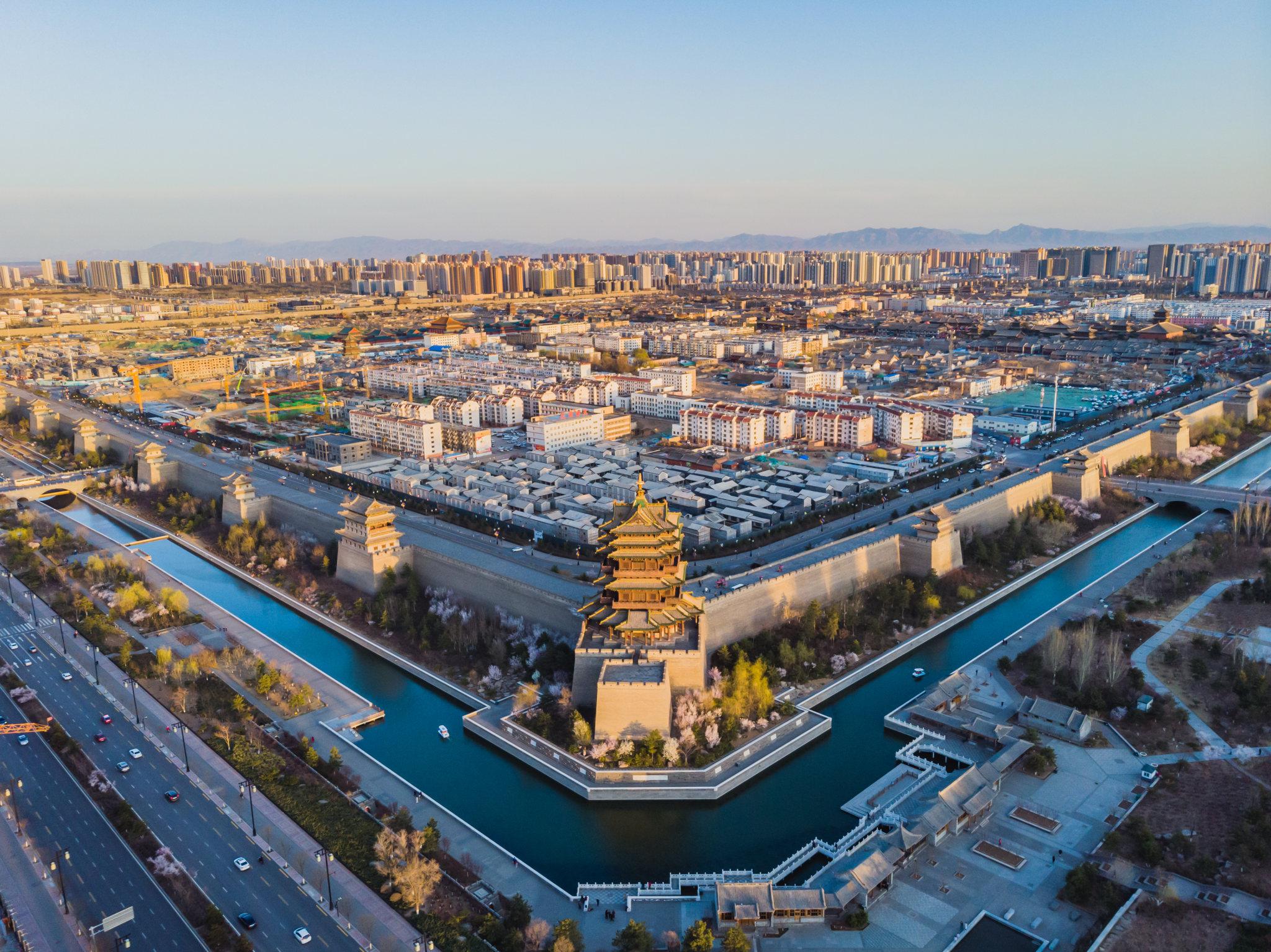Nestled in the northern part of Shanxi Province, Datong is a city that resonates with the echoes of China’s rich historical past. Often referred to as the “City of Coal” due to its significant role in the coal industry, Datong is equally renowned for its cultural treasures, ancient monuments, and the profound impact it has had on the region’s history. As one explores Datong, it becomes evident that the city is a living testament to China’s enduring legacy.
The Yungang Grottoes, a UNESCO World Heritage site, stands as one of Datong’s most iconic attractions. Carved into the sandstone cliffs during the Northern Wei Dynasty (5th to 6th centuries), these grottoes house a staggering collection of over 51,000 Buddhist statues and images. The intricate carvings, colossal Buddhas, and divine beings that populate the caves showcase the artistic achievements of ancient Chinese craftsmen and the profound influence of Buddhism on the region.
The Hanging Monastery (Xuankong Si) is another architectural marvel that draws visitors from around the world. Perched precariously on a sheer cliff face, the monastery appears to defy gravity itself. Originally built more than 1,500 years ago during the Northern Wei Dynasty, it has been renovated and expanded over the centuries. The monastery incorporates elements of Buddhism, Taoism, and Confucianism, reflecting the harmonious coexistence of diverse spiritual traditions in ancient China.
Within the city, the Datong Nine-Dragon Screen stands as one of the oldest and largest glazed screens in China. Erected during the Ming Dynasty, this vibrant and ornate screen is adorned with intricate depictions of dragons. It serves as both a decorative element and a symbol of imperial power, showcasing the craftsmanship and artistic expression of the period.
The Huayan Monastery, dating back to the Liao Dynasty (10th to 12th centuries), adds to Datong’s rich religious landscape. This ancient Buddhist temple, surrounded by serene gardens, houses exquisite sculptures and murals that offer insight into the spiritual practices of the time. The monastery provides a tranquil retreat within the bustling city, inviting visitors to experience the contemplative atmosphere that has permeated Datong for centuries.
While Datong is celebrated for its cultural and historical treasures, the city is not frozen in time. Modern developments, economic growth, and urbanization have transformed parts of Datong into a dynamic metropolis. The juxtaposition of ancient wonders against the backdrop of contemporary life creates a unique atmosphere where the past and present coexist harmoniously.
Datong’s commitment to preserving its cultural heritage is evident in the ongoing efforts to restore and maintain historical sites. The restoration of ancient city walls, temples, and traditional residences underscores Datong’s dedication to ensuring that its rich history remains an integral part of the city’s identity.
In recent years, Datong has become more accessible, drawing increasing numbers of domestic and international tourists. The city’s cultural festivals, vibrant markets, and local cuisine contribute to its allure, providing visitors with an immersive experience that goes beyond the historical sites.
In conclusion, Datong stands as a captivating destination that encapsulates the essence of China’s historical and cultural legacy. From the ancient grottoes and monasteries to the modern urban developments, Datong is a city that invites travelers to embark on a journey through time. As the echoes of the past reverberate through its streets and landmarks, Datong remains a testament to the resilience, creativity, and enduring spirit of a city that has played a significant role in shaping the narrative of China’s history.

